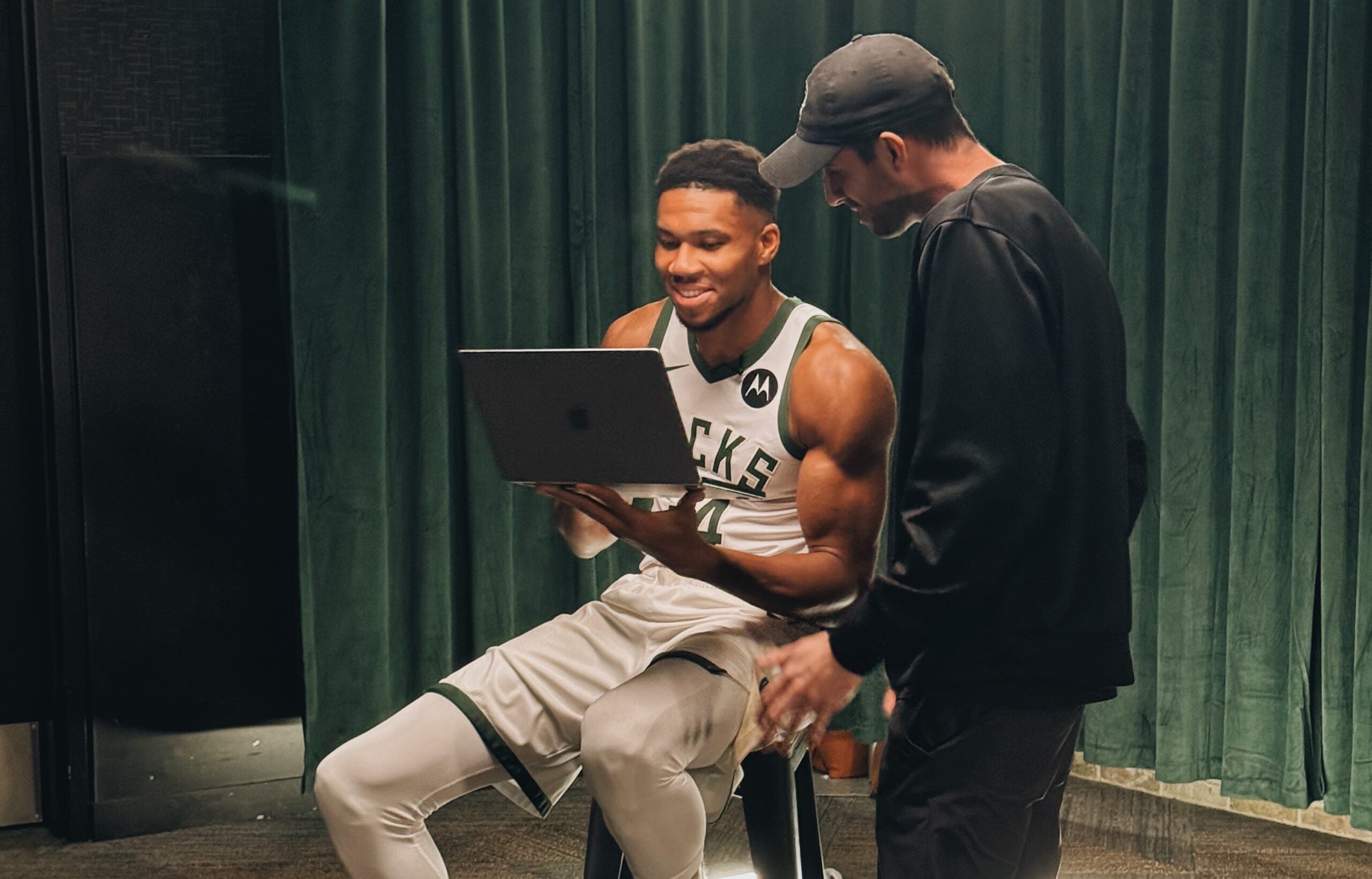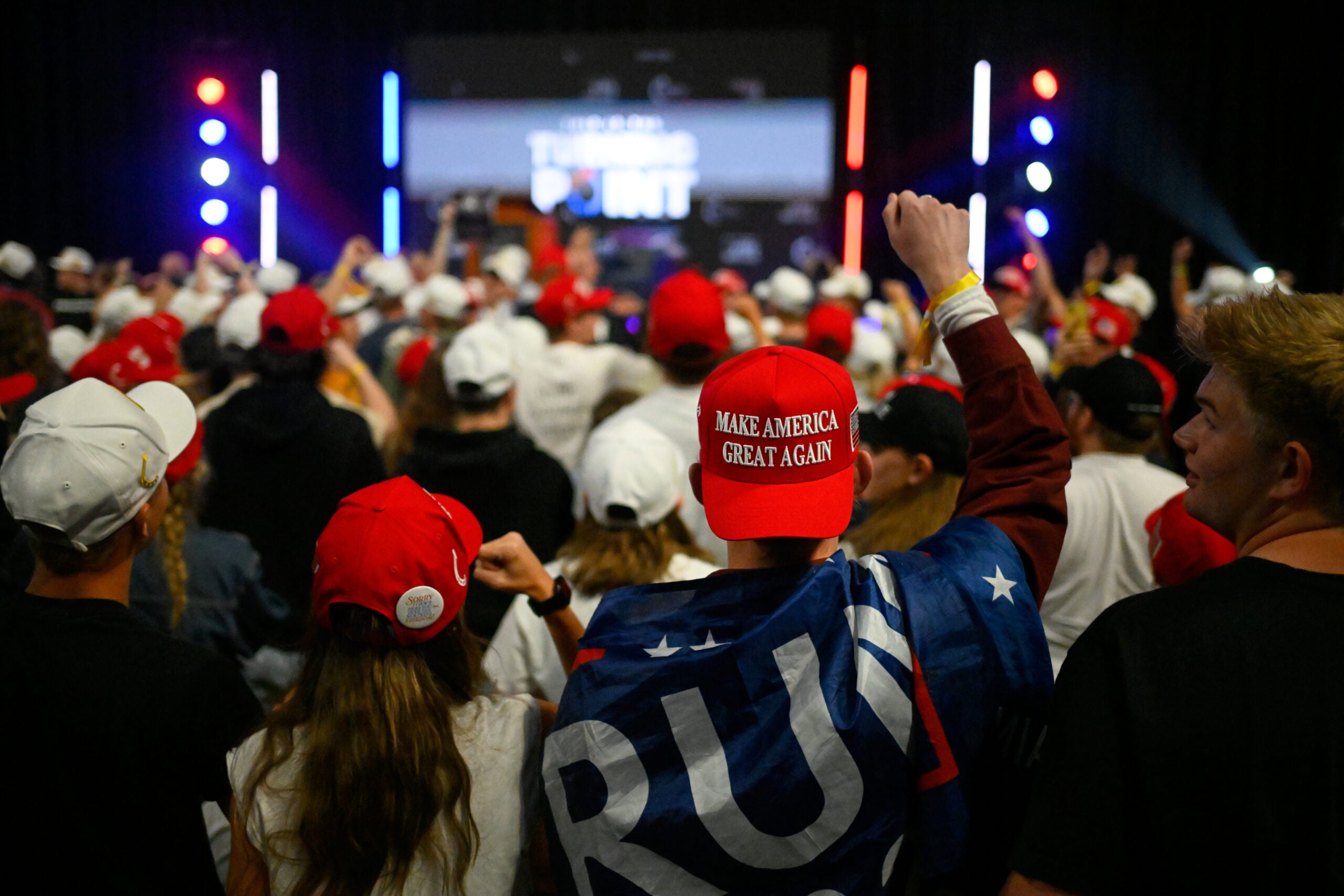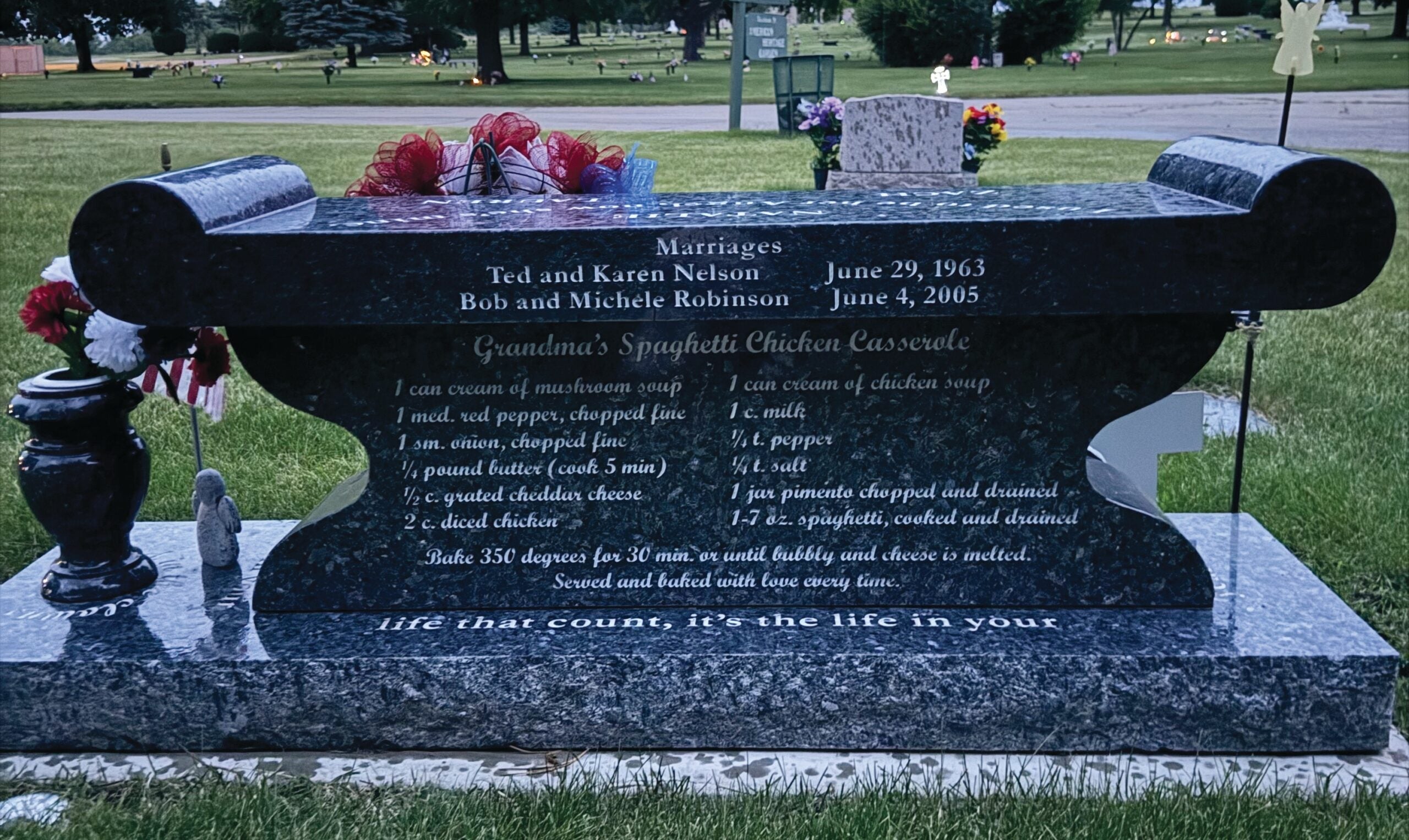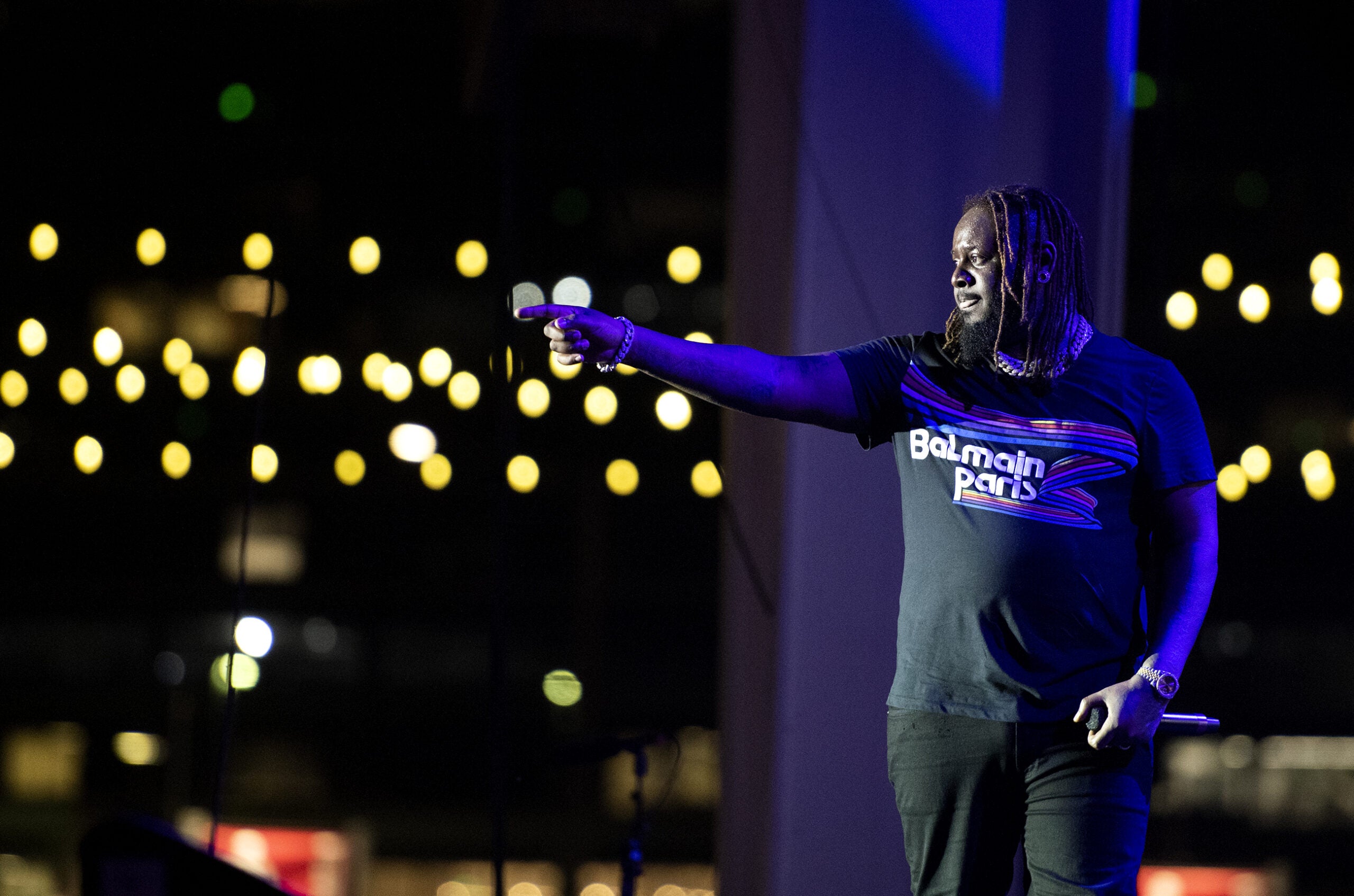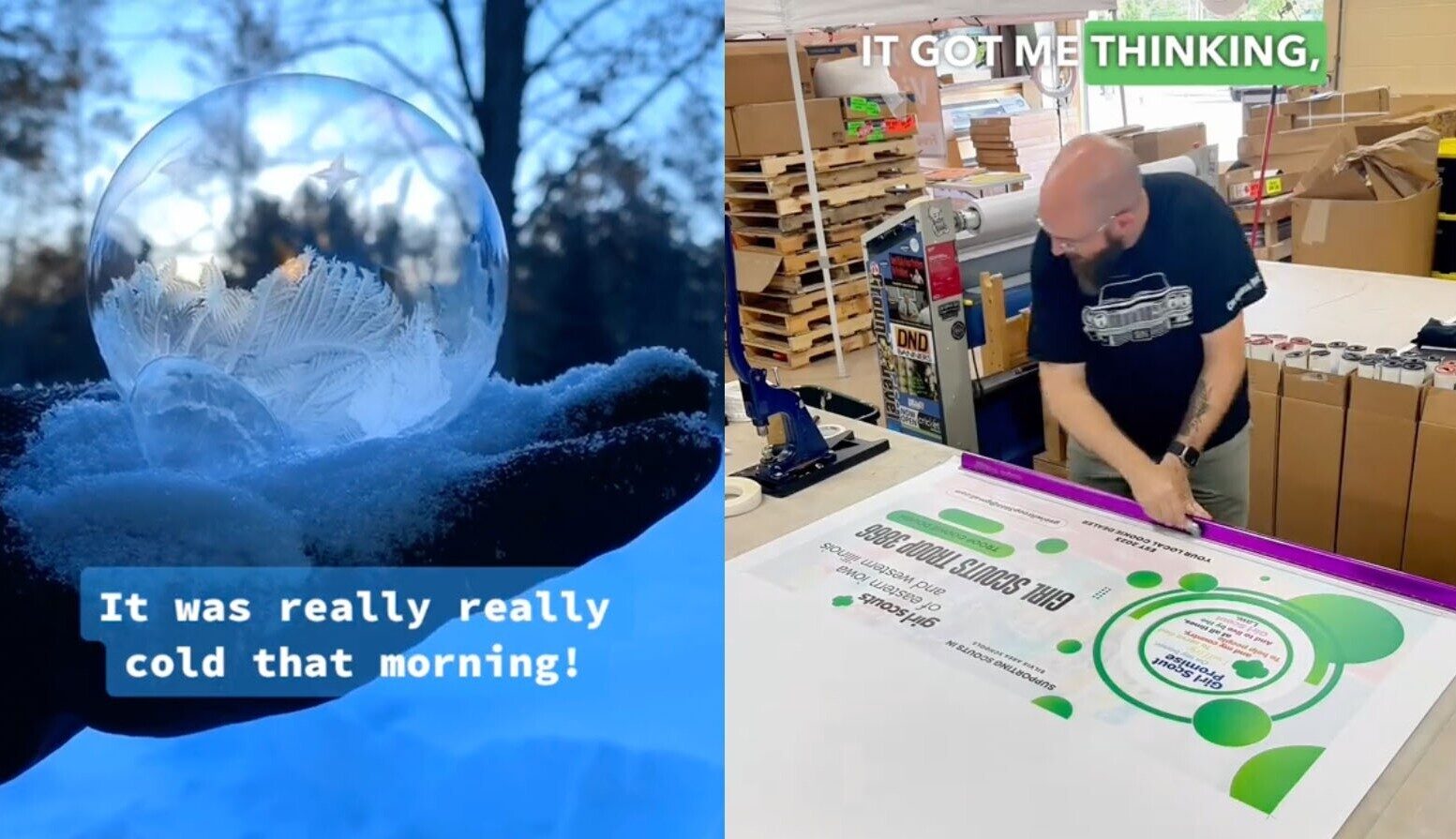Ana Simón, 11, spins the carousel displaying her skin care treasures: tubes and tubs in candy colors, sprays and serums that she describes with the precision of a makeup-counter pro.
“This is the Drunk Elephant cream — I’m sure you’ve heard of it,” says Ana, of Savannah, Ga, and then picks up another jar. “This one’s, like, a thicker formula. I like the lightweight one better — I usually use it for, like, daytime.”
Mom Melanie Simón shakes her head and lands the obvious joke: Adults worldwide spend fortunes chasing the youthful look her daughter wakes up with.
News with a little more humanity
WPR’s “Wisconsin Today” newsletter keeps you connected to the state you love without feeling overwhelmed. No paywall. No agenda. No corporate filter.
“She’s introduced me to mascara that I really like and a couple of the serums,” Simón says. “And I just sort of think it’s funny that my 11-year-old did that.”
America’s teens and tweens are all about skin care. Beauty giant Ulta told NPR that Generation Z — roughly tweens to youth in their early 20s — began getting into it earlier than any generation before them.
They’re celebrating birthdays at Sephora, rattling off beauty products’ chemical properties, trading samples and sending each other videos of morning skin care routines, chasing the coveted glowy look.
And holiday wish lists of bronzing drops and lip oils are leaving parents both amused and uneasy.
TikTok’s “get ready with me” fuel
Beauty spending has been on the rise across the board. Teen shoppers spent 33% more on cosmetics and 19% more on skin care this year compared with last year, according to a Piper Sandler report released this month. Fragrance and hair care are also up.
“I definitely want, like, more hydrated skin,” says Jocelyn Stuart, 15, of Long Island, N.Y., whose wish list includes mists and moisturizers. “I find most of my stuff on TikTok, where there’s a lot of influencers who obviously talk about these products and review them.”
That’s one clear origin story: the get-ready-with-me videos featuring fresh-faced trendsetters gliding on toners and dewy drops.
The concept really took off during the pandemic self-care boom. It flooded TikTok but also YouTube with younger and younger influencers clinking adorable, neon-hued little jars and bottles. Now, even Pinterest is full of youth beauty content.
“My daughter is not even on social media, but it filters down into the playgrounds,” says Brooke Grove, of Westchester, N.Y., whose oldest is 10. “It went through big bows to fidgets and pop-its not even like a year ago, to the latest Drunk Elephant product.”
Beauty brands cater with fruity sprays and serums
The Drunk Elephant brand is all the rage, though its cream can run over $60 and plenty of its stuff is not for young skin. The company did not respond to NPR’s inquiry.
Old-timers CeraVe and Cetaphil — boosted by TikTok — topped Piper Sandler’s charts too. But most of today’s skin care brands know their new audience and cater accordingly, with puffy fonts, colorful bottles and details about use on young skin. Buzzy brand Glow Recipe even makes a skin care set called Fruit Babies.
“You certainly see the packaging has changed,” says Natalie Kotlyar, who tracks retail as a principal at BDO, an accounting and advisory firm. “It’s neon colors — hot pink, hot yellow — and even the smells that they’re using.”
Consider “whipped cream” moisturizer by Drunk Elephant or “gummy bear” lip mask by Laneige. One exception is The Ordinary, another TikTok darling that sells spartan black-and-white dropper bottles of skin-hydrating hyaluronic acid for $9.
“We have noticed the relatively recent influx of Gen Z and [the younger] Gen Alpha adopting healthy skincare habits,” said Nicola Kilner, the CEO and co-founder of The Ordinary, in a statement to NPR. “They want to have a conversation, not be marketed to, and we deeply respect this.”
Parents try to strike the right balance
All this has parents puzzled about how best to respond.
“I don’t want to be the mom that just shuts things down. I want at least to be involved in the conversation,” says Grove, who suspects her 10-year-old, for now, is mostly interesting in the collecting aspect of the hobby. “I want her to feel included with her group of friends.”
One mother shared a recent struggle of trying to sway her 11-year-old out of buying an anti-wrinkle eye cream. Another lamented the double-digit price tags for products that may be doing nothing — or worse. A third confessed to sneaking into her daughter’s room to apply makeup at the child’s better-appointed vanity.
“Kids have been into makeup, starting about this age, I think since forever,” says Kelly Grey Carlisle, a San Antonio mom whose 12-year-old daughter, Milly Carlisle, got into skin care as a sidestep from doing stage makeup as a ballerina.
“I think wanting to be your best, look your best can be positive,” Carlisle says. “We live in a world where women are judged for their appearance. And I would really like her to know how to deal with that. … I do absolutely worry about body image stuff. And I do worry about materialism.”
What parents can keep in mind
Stephanie Hartselle, a pediatric psychiatrist and clinical associate professor at Brown University, says parents can look out for a few warning signs: big personality swings, for example, or a sense of relentless accumulation and desperation layered atop the skin care hunt.
Hartselle recently asked her young clients, ages 10 to 21, whether they watched “get ready with me” beauty and skin care videos. Most said they did.
Some confirmed that this habit sprouted damaging feelings of self-consciousness or self-doubt. But those with the most profound anxiety and depression actually reported that the videos felt encouraging and inspiring, motivating them to brush teeth, shower or get some other self-care in.
“I always tell parents your gut is the most important thing that you have,” Hartselle says.
She suggests parents stay curious about the social media their children use, setting up their own accounts to understand how algorithms work and asking questions such as, “I can imagine this is OK for you, but are there friends you would be worried about interacting with this account, and why?”
What’s the point of it, really?
When asking the teens and tweens themselves about the skin care fad, similar themes emerge quickly.
“It makes me feel kind of, like, put together and less like ahhh all over the place,” says 12-year-old Milly. Her routine involves a cleanser, a moisturizer, a doctor-approved acne medicine and an eye cream — “it’s for younger people,” she clarifies — with caffeine in it.
Eleven-year-old Ana searches for the right words for the why of it all.
“It kind of gives me motivation, if that makes sense?” she says. Perhaps it’s a satisfying ritual, a marker for a structure of the day, her own quiet moment.
“I don’t know — it just makes me feel, like, organized,” Ana continues and then quickly concludes: “It’s really fun to do, first of all. That’s the main part.”
9(MDAyMjQ1NTA4MDEyMjU5MTk3OTdlZmMzMQ004))
© Copyright 2025 by NPR. To see more, visit https://www.npr.org.9(MDAyMjQ1NTA4MDEyMjU5MTk3OTdlZmMzMQ004))



